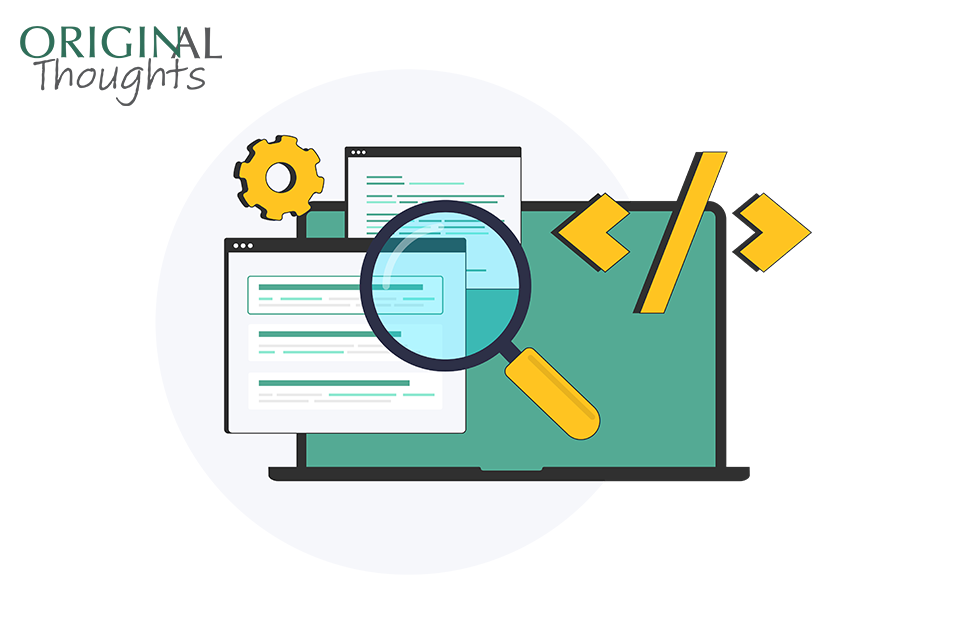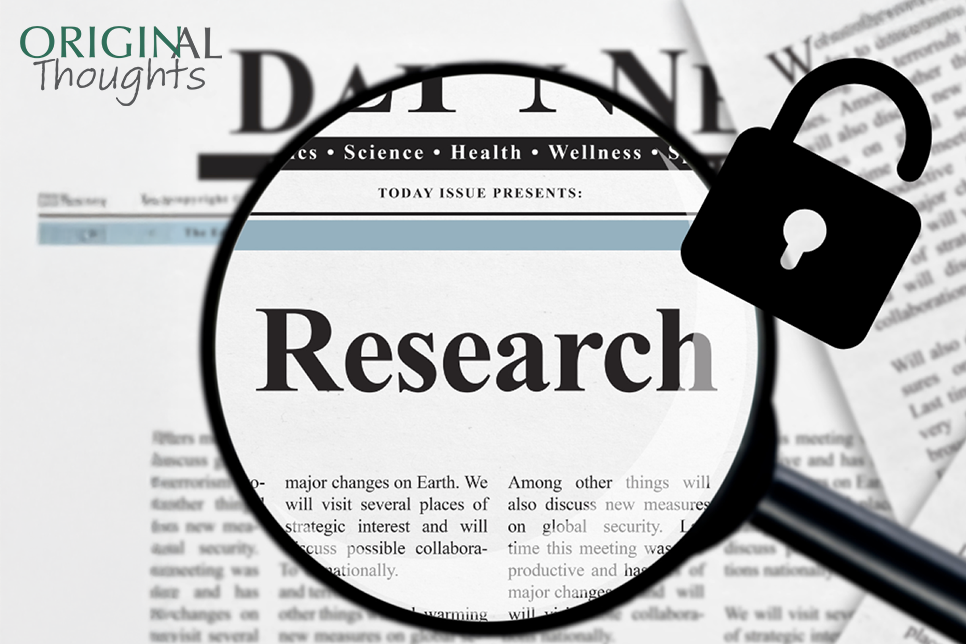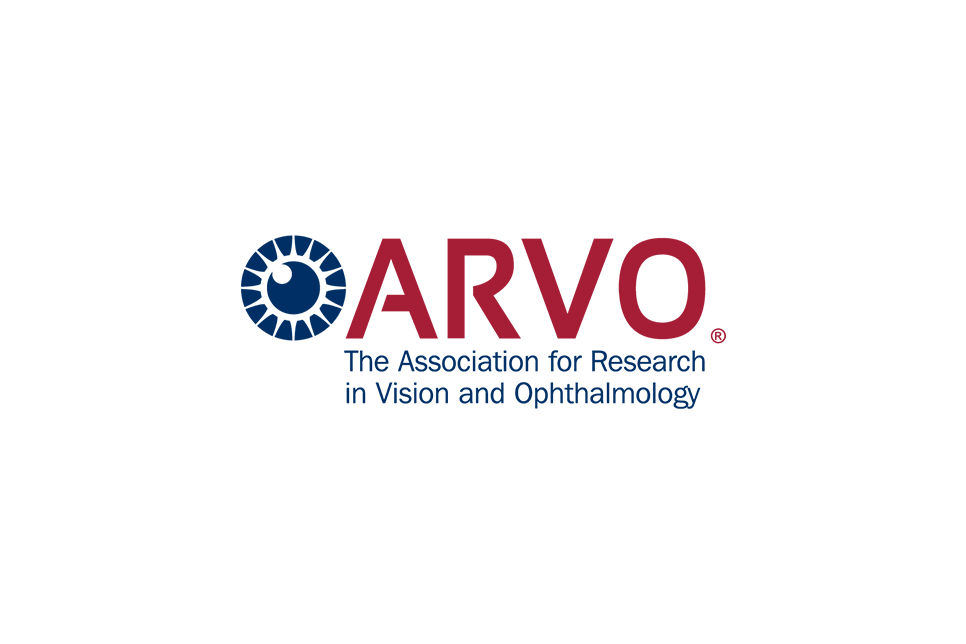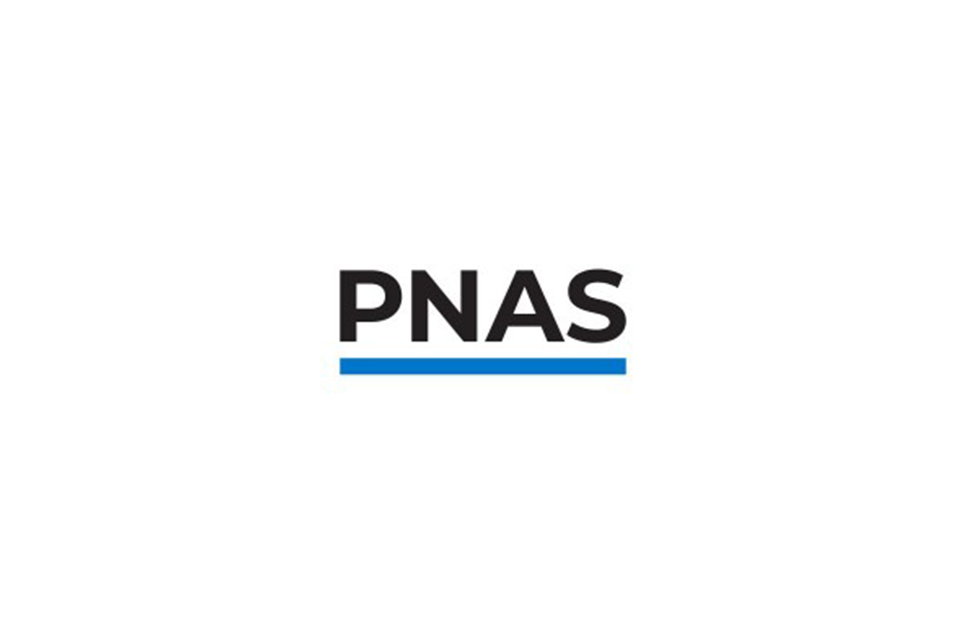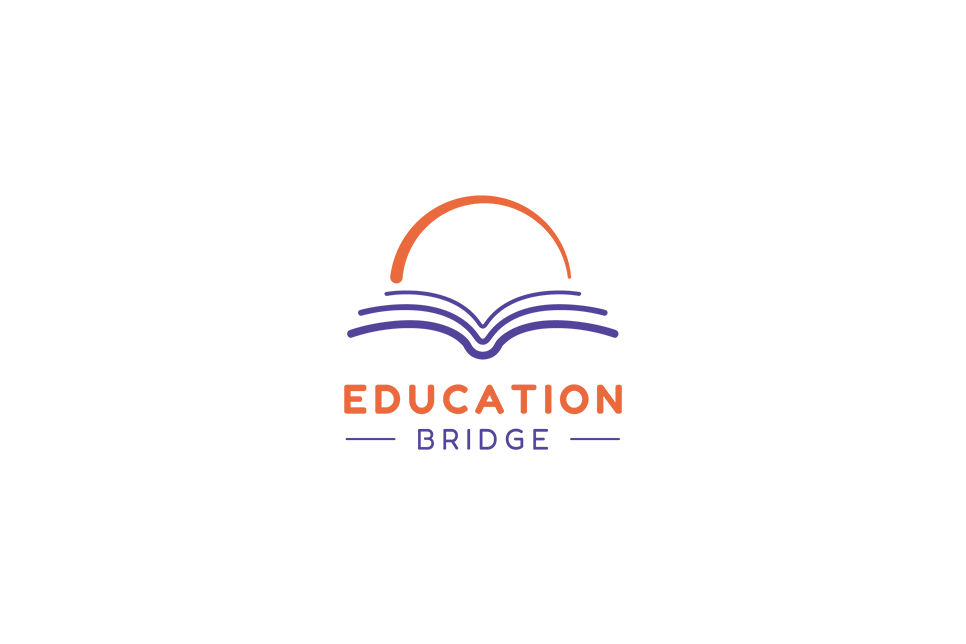KGL is pleased to announce the appointment of Jennifer Deyton as Senior Director, Partnerships and Growth, responsible for driving strategic collaborations, sales initiatives, and business expansion across KGL’s global portfolio of editorial, peer review, research integrity, and content services.
In this edition of ORIGINal Thoughts, Alice Meadows talks about how PIDs and their metadata (especially when open) are foundational building blocks in the global research infrastructure.
In this edition of ORIGINal Thoughts, Justin Byrne discusses how an open access (OA) journal publishing program can help a society meet growing needs for global access and funder compliance.
The Association for Research in Vision and Ophthalmology (ARVO) has chosen KGL PubFactory, the online hosting division of KnowledgeWorks Global Ltd. (KGL) as the new digital publishing platform and host for its portfolio of journals.
We discussed what attendees can expect from this year’s Buchmesse, the trending topics being covered on the stage and her own personal highlights of the 2025 programme.
In this Q&A, Waseem Andrabi shares how Education Bridge helps publishers tackle complexity & deliver impactful learning experiences at scale.
The Proceedings of the National Academy of Sciences (PNAS) has announced the expansion of its longstanding partnership with KGL Accucoms, appointing the company as its exclusive representative in India.
In this edition of ORIGINal Thoughts, Adam Etkin shares 10 insightful questions—along with sample responses—crafted to spark meaningful and strategic dialogue between publishers and editorial offices or societies.
Education Bridge is an unparalleled suite of services and solutions designed specifically to support K–12 educational publishers.



